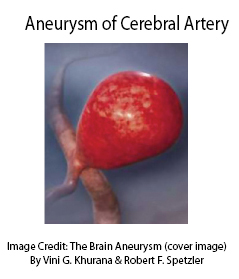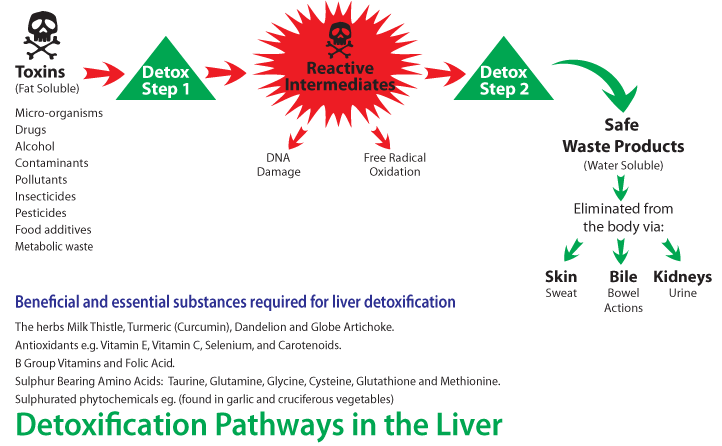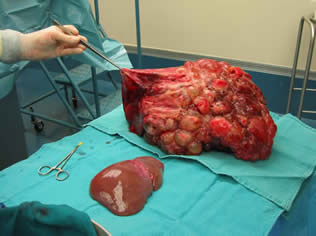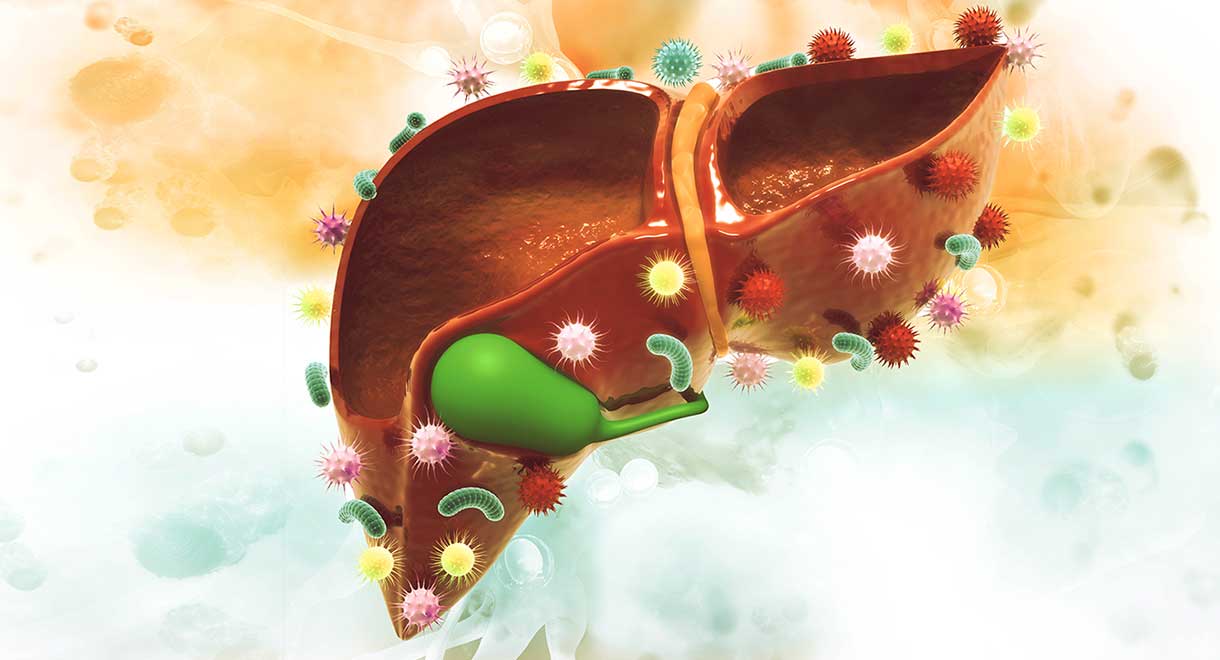Polycystic Liver Disease (PLD)
Liver disease is serious and requires treatment and regular monitoring by a liver specialist.
A liver specialist is known as a hepatologist and you need to be referred by your family doctor or general practitioner. Over nearly 40 years of practicing medicine I have seen many patients develop severe liver disease, which sadly could have been prevented by early detection and early referral to a hepatologist. There needs to be more awareness of liver disease so that patients can be treated early so that we can prevent cirrhosis, liver failure and liver cancer. Make sure you have your liver function checked annually with a blood test.
I have presented my ideas on how to help those with liver diseases using nutritional medicine, which I have been using for many years with good success rates. However, my recommendations do not replace the care of your own doctor and you should remain under the care of your own doctor whilst using nutritional therapies.
If you have any questions you may contact my naturopath, Christine, on 623 334 3232 or email us at support@liverdoctor.com
Polycystic liver disease (PLD)
Polycystic liver disease is rare and is considered to be an inherited condition with an autosomal dominant genetic trait. In some cases though, polycystic liver disease can occur with no apparent cause. If you or someone in your immediate family has been diagnosed with polycystic liver disease then it would be a good idea for other members to be tested too. Your doctor can order imaging tests such as an ultrasound or CAT scan or even an MRI scan of your liver. Women seem to be affected by PLD more than men, with women having a higher volume and size of cysts.
In PLD the liver tissue becomes affected with 20 or more cysts. The liver cysts gradually expand, over-filling the liver and compressing surrounding abdominal organs and intestines.
The liver cysts are formed from special cells in the liver called cholangiocytes. Liver cysts cannot be formed from other liver cells such as hepatocytes.
PLD may occur in association with polycystic kidney disease where large multiple cysts develop in the kidneys. When the kidneys are involved, it is more common to develop complications such as renal failure, requiring kidney dialysis or a kidney transplant. When the liver is affected, it is rare that a liver transplant may be required, nevertheless, if complications occur or if symptoms become unmanageable then liver transplant may be needed.
In over 90% of affected persons, the enlargement of the liver by the cysts does not cause major problems. Around 8% of cases of PLD will have gross enlargement of the liver with great pain and bloating caused by severe compression of adjacent abdominal organs. In severe cases of PLD the liver function may be reduced, but in most cases liver function remains quite normal and the greatest problem is pain and swelling.

The association between PLD and cerebral aneurysm is well documented, and approximately 20% of patients with PLD have demonstrable cerebral aneurysms at autopsy. Cerebral aneurysms are localized enlargements of the arteries in the brain, and they are weak and prone to rupture – causing strokes. To diagnose these aneurysms before they rupture, screening by Magnetic Resonance Angiogram or by Computed Tomographic Angiography (CTA) to examine the cerebral blood vessels should be done in all patients who have PLD.
Medical treatments for polycystic liver disease
Treatments are designed to decrease liver cyst growth. Some of the approaches that have been tried are drugs called proton pump inhibitors and drugs which decrease the amount of growth hormone levels, such as Octreotide, Sandostatin or Pasireotide. While still in clinical trials, early medical treatment in a small sample of subjects with long acting somatostatin, given by injection every 28 days, has been shown to reduce cystic liver size from 3%-39%.
Surgical treatments for polycystic liver disease
Polycystic Liver Disease surgical treatments are aimed at reducing the size of (debulking) a massively large cystic liver. Surgical methods used include liver resection, liver transplant, and liver TAE (Trans-Arterial Embolization). The TAE procedure blocks (embolizes) blood vessels in the liver, so that the blood supply to a cyst or other type of liver tumor is cut off, and this causes it to shrink. Chemotherapy drugs are not used. TAE is done by interventional radiologists and surgeons. Deroofing the liver cysts has had limited success in reducing pain, works in very few patients and often has to be repeated within a year. Simple cyst aspiration appears to be quite ineffective as the cysts usually fill up again.
Dietary strategies for polycystic liver disease
Starting the day with freshly squeezed lemon or lime juice added to a cup of warm water may reduce symptoms. Ending the day with chamomile, peppermint or saffron tea helps to diminish pain and induce relaxation.
Dietary protein
In most types of severe liver disease, it is important not to consume excess amounts of animal protein and a neutral dietary protein intake is best. A neutral protein intake means that what goes in = what comes out.
Neutral protein has been calculated to be 0.6 grams of protein per kilogram of body weight.
To calculate your own amount of daily neutral protein intake –
Take your body weight and convert it from pounds to kilograms then multiply your kilogram weight by 0.6. For example, if you weigh 220 pounds, then divide 220 by 2.2. This will give 100 kilograms. Multiply 100 kilograms by 0.6. This gives 60 grams of protein eaten daily which will give a 220 pound person a neutral protein intake. Neutral protein is what goes in and comes out without any excess to be added to the body. Another possibility is to limit animal proteins to 3 ounces or less, once a day. The size of a deck of cards is about 3 ounces of fish.
Plant based alkaline diet
An alkaline diet is more favorable for your liver’s metabolism. Alkaline foods are plant-based foods and include fruits, vegetables and legumes. As a general rule, most plants are alkaline and most meats are acid forming. Refined sugars are also acid forming. When animal protein is eaten, stomach acidity is increased and this stimulates the release of secretin. Secretin causes liver cysts to expand and grow.
As the cystic liver grows it produces more acidic wastes that are harder to neutralize. It is worth increasing your intake of green vegetables and herbs such as kale, celery, cucumber, chokos, mint, rosemary and parsley, etc in salads and for juicing. Adding carrot and ginger to the juice may reduce inflammation and pain in the liver. Magnesium supplements are also alkalinizing.
Dietary changes have brought success to some patients with PLD. I suggest increasing omega 3 fatty acids in the diet from oily fish, good quality fish oil capsules or liquid, walnuts, chia seeds, ground flax seeds and hulled hemp seeds. Vitamin E is important to reduce cyst and scar formation in the liver and the best dietary source of vitamin E is avocados. You can also take a good quality vitamin E supplement in a dose of 500 to 1000 IUs daily. Do not purchase the cheapest brands of vitamin E or fish oil as they will not have the same benefits. Vitamin C is also essential and I recommend taking 1000 mg daily and eating and juicing all types of citrus fruits.
Supplements to support liver function in those with polycystic liver disease
A polycystic liver may become huge; however, it is rare for a polycystic liver to fail. To slow down the destructive process of cyst formation and to protect remaining healthy liver tissue, it is worth taking some nutritional and herbal supplements.
During the detoxification processes in the liver, original toxins are temporarily converted into even more toxic substances, which cause the release of free radicals that attack liver cells. It is these intermediary toxins that are most harmful to a cystic liver. Water helps to dilute these by-products of liver detoxification – so it is important to keep up your water intake.
A polycystic liver is not good at breaking down (metabolizing) estrogen, and during this process the estrogen by-products that are created contribute greatly to expanding a polycystic liver.

To support the liver detoxification pathways a good liver tonic containing milk thistle combined with all the B vitamins, taurine and selenium is most helpful. This is available in capsule form. Selenium is vital for glutathione to work and has also been shown to reduce cyst formation in various body organs.
People with chronic liver disease often lack optimal amounts of vitamin A and D. The liver is important in processing vitamin D and vitamin A and several diseases that affect the liver compromise the processing of these vitamins. If your blood tests show that your vitamin D levels are low, take a supplement of vitamin D3 and/or increase a sensible amount of sun exposure which is nature’s true source of Vitamin D.
Carotenoids are used by the body to manufacture vitamin A, and are plentiful in orange and red colored fruits and vegetables such as carrots, peppers, sweet potatoes, tomatoes, papaya, mangoes and butternut pumpkin. Try to eat these things regularly to keep your levels of vitamin A adequate, and they are beneficial if eaten raw or cooked.
N Acetyl Cysteine (NAC) is an amino-acid (small protein) with powerful health benefits for the liver and especially a diseased liver. NAC has the ability to restore intracellular levels of glutathione, which is the liver’s most powerful antioxidant. Glutathione helps the liver to protect you against many forms of toxicity, and it is most needed by those with liver disease. The stress of chronic liver disease depletes glutathione and this is why supplementing with one of its precursors NAC, helps to protect against ongoing liver damage. Recommended daily doses of NAC are 1800 mg and it can be taken in 600 mg capsules 2 or 3 times daily.
Things to avoid if you have polycystic liver disease
Refined sugars found in sweet cakes and biscuits, donuts, confectionery and soft drinks. Do not use artificial sweeteners such as aspartame which is liver toxic. Also avoid alcohol, soy products, estrogen and chemicals such as dry cleaning fluids, bleach, ammonia, herbicides, pesticides and solvents; these can all increase polycystic liver size. Avoid excess tea and coffee as caffeine can worsen cyst formation.
What can make the liver cysts grow more?
Hormones
Through the electron microscope it was determined that within liver cyst walls there are hormone receptors; insulin receptors, estrogen receptors, growth hormone receptors etc, which explains why all types of hormones can trigger liver cyst growth. Hormones cause liver cysts to fill with fluid and expand. For this reason, patients with PLD are advised not to take any hormone treatments. Some cannot even use any creams, such as estrogen and testosterone cream or steroids.
Estrogen receptors are expressed in the epithelium lining of the liver cysts and estrogens stimulate cholangiocyte cell proliferation. Remember that liver cysts form from cholangiocytes. Women who have had multiple pregnancies or who have used oral contraceptive pills or estrogen replacement therapy have more severe disease, suggesting that estrogen influences liver cyst growth. Estrogen and its metabolic by-products greatly promote the expansion of a polycystic liver. It is also well known that estrogen promotes the growth of benign liver tumors such as hemangiomas and adenomas.
Histamine
Histamine is formed in the body during allergic reactions to foods and pollens. The release of histamines leads to an increase in liver cholangiocytes, which will create more liver cysts. Thus, it may be wise to avoid foods and substances that commonly cause allergies and also any foods or things that you know you are allergic to.
Common food allergens or intolerances include-
- Gluten – found in wheat, rye, barley and oats
- Soy
- Shellfish
- Peanuts
- Cow’s milk
- Preservatives
These allergenic foods can cause the release of histamine in people prone to allergies.

Compare size of polycystic liver on right to normal liver on left.
The above statements have not been evaluated by the FDA and are not intended to diagnose, treat or cure any disease.


Leave A Comment